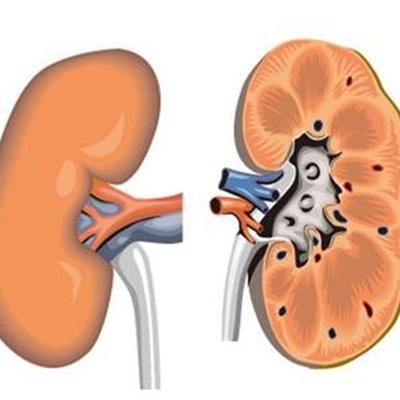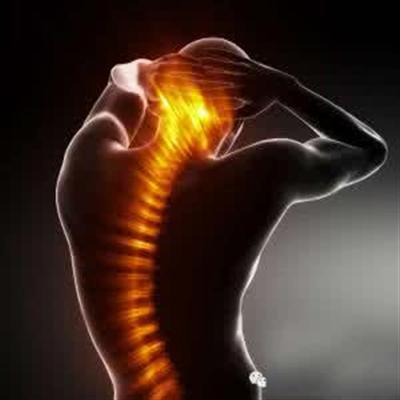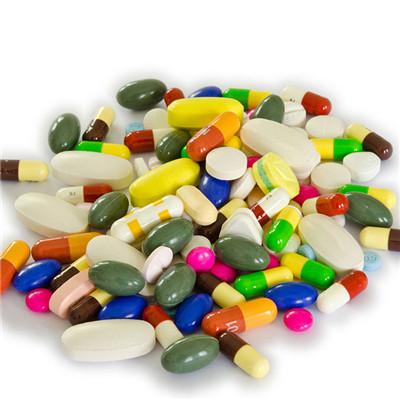Heat stroke symptoms?
summary
Heatstroke is an acute disease with central nervous and / or cardiovascular dysfunction as the main manifestation, which is caused by central dysfunction of thermoregulation, sweat gland failure and excessive loss of water and electrolyte in hot season, high temperature and (or) high humidity environment. According to the clinical manifestations, heatstroke can be divided into threatened heatstroke, mild heatstroke and severe heatstroke. Severe heatstroke can be divided into heat spasm, heat failure and heat stroke. Heat stroke is the most serious type of heat stroke. Heat stroke symptoms? Let's talk about it
Heat stroke symptoms?
Heat stroke is a fatal emergency. According to the state and pathogenesis of the patients, it can be divided into two types: exertional and non exertional heat stroke. The laborer mainly produces excessive endogenous heat in high temperature environment, which is more common in healthy young people with pain. It is common in heavy physical labor, sports (such as long-distance runners in hot weather) or military training.
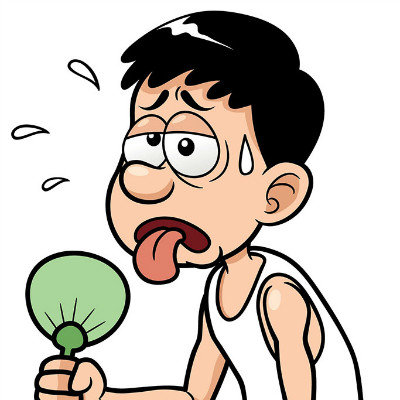
Heat spasm is a sudden and painful muscle spasm during or after activity. It usually occurs in the muscle groups on the back of the lower limbs (gastrocnemius and Achilles tendon), and can also occur in the abdomen. Muscle spasm may be associated with severe body sodium deficiency (sweating and drinking hypotonic fluid) and hyperventilation. Heat spasm may also be an early manifestation of heat stroke.

Heat failure is caused by excessive loss of body fluid and body salt due to sweating. It often occurs in people who work or exercise in a hot environment and do not supplement enough water. It also occurs in people who do not adapt to high temperature and humid environment. Its signs are: sweating, extreme thirst, fatigue, headache, nausea and vomiting, high body temperature, and obvious signs of dehydration, such as tachycardia, nausea and vomiting Orthostatic hypotension or syncope, no obvious central nervous system injury. Heat failure can be the intermediary process of heat spasm and heat stroke. If the treatment is not timely, it can develop into heat stroke.
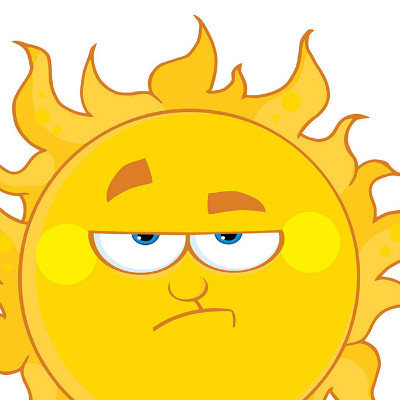
matters needing attention
In vitro cooling: quickly get rid of the high temperature and humidity environment, transfer to a ventilated and cool place, lay the patient on his back and remove the whole body clothing, massage the skin and muscles to promote heat dissipation. If there is no circulatory disorder, the body should be bathed in ice water or immersed in 27 ℃ ~ 30 ℃ water to cool down. For those with circulation disorder, the evaporation cooling method is adopted, the skin is wiped repeatedly with cold water, and the electric fan or air conditioner is applied to accelerate the evaporation.




